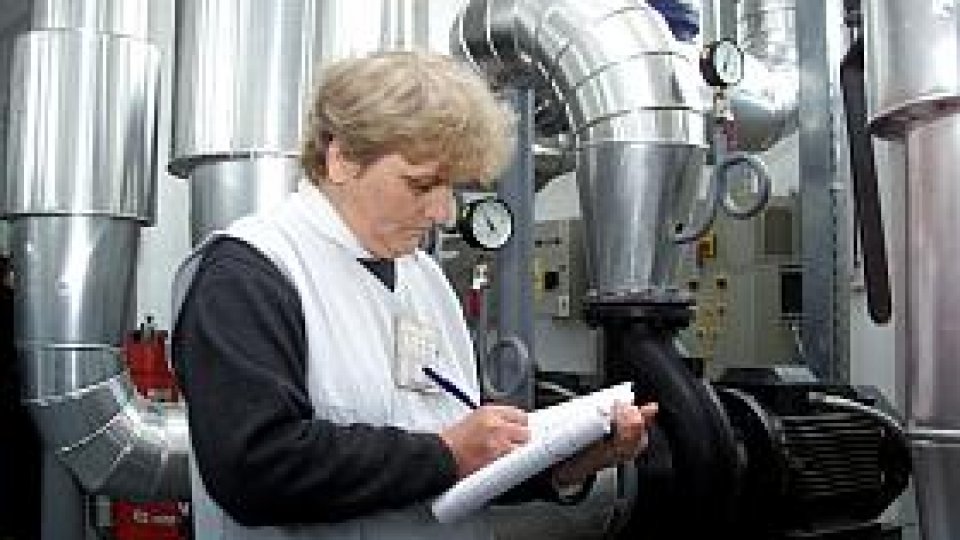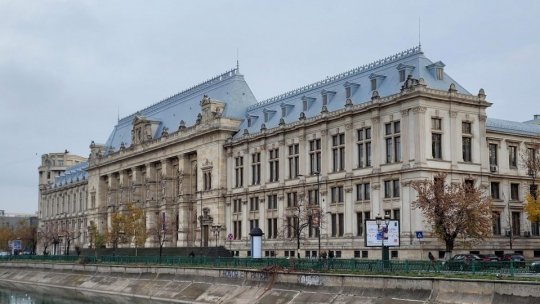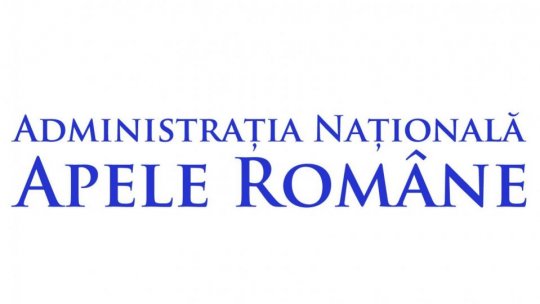The romanian expenses
In urban areas, household incomes are salary-based in over 60% of the cases while in rural areas it drops to 30%.

06 Octombrie 2010, 12:12
On average, food and utilities take up nearly 90% of the financial resources of Romanians, as shown by the latest figures provided by the National Institute of Statistics.
Consequently, there is relatively little money left for the so-called development spending covering the investment area and education.
Farm and food products and soft drinks stand out among consumption rates, accounting for over 40% of Romanians’ incomes. 16% are allotted to taxes, charges, duties and dues, while 15% represent housing utility costs covering water supply, electricity, heating and natural gas prices.
Under these circumstances, it is no surprise that Romanians should allow themselves to spend barely an average 3% of their overall incomes on entertainment and culture and about 5% on communication technologies.
In urban areas, household incomes are salary-based in over 60% of the cases while in rural areas it drops to 30%. At a first glance, the relatively high 7.7% percent spent on tobacco and alcoholic drinks may be striking.
Gandul newspaper says that Romanian families spend almost 200 million euros on alcohol and cigarettes each month, over 50 million more than in 2007. However, the newspaper further notes that Romanians have taken a backward step, as shown by the expenses of a poor man.
Romania has become poorer
Economic analysts underline the fact that the drop in clothing and footwear spending compared to the increase of the amount paid on alcohol does not mean that Romanians drink more, but that they have become poorer.
“In richer countries food expenses are quite low, which does not mean they eat scarcely, but that they have been directing their expenses elsewhere”, Ilie Serbanescu, an economic analyst with Gandul newspaper explained.
“Heaters are emptying our plates”, Adevarul newspaper says after having looked into the statistics regarding consumption rates in Romania. The reason behind this is simple: on account of the price rise, Romanians have ended up cutting down their food budget so as to pay their upkeep.
The same paper remarks that upkeep costs have become a genuine, although justified, obsession. Whereas in the second quarter of 2009 the upkeep would take up some 300 lei per household, on average, that is 75 euro, upkeep costs for the same time-span in 2010 have risen to 315 lei per family.
The utility obsession has every chance to intensify starting next winter, when the government will cut down most of the heating subsidies as part of the ongoing austerity program.
(Radio România Internaţional, Serviciul în limba engleză).













